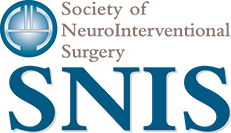Sometimes, the stars just align.
Such was the case for 58-year-old Beth Brigham, an elementary substitute teacher from Plainfield, Illinois, who experienced an emergent large vessel occlusion (ELVO) in the middle of the night.
It was April 26. Feeling warm in bed, she attempted to change her pajamas, but had trouble using her left arm. Her husband, Jeff, woke to see what she was doing. He noticed right away that her speech was slurred. It didn’t take long for him to call 911.
“I remember thinking, ‘I don’t need an ambulance. I’m fine,’” said Beth. “But Jeff wouldn’t be persuaded. He knew the signs of stroke and could tell that I was in crisis.”
First responders took Beth to Rush Copley Medical Center, about 6 miles from the Brigham home. There, she underwent tests to diagnose stroke, as well as a deep swab test for COVID-19. Realizing the severity of the stroke, doctors quickly called for an airlift to Rush University Medical Center in downtown Chicago — a Level 1 stroke center.
According to Jeff , COVID-19 was a consideration, but not a deterrent for seeking care for Beth right away. “COVID-19 was in the back of my head, sure,” he said. “But I knew I had to call 911 and get her to the hospital as fast as possible. I could tell from everything she was doing that this was a stroke, and people don’t always recover from stroke.”
Dr. Michael Chen and his neuroendovascular team performed a mechanical thrombectomy to remove the clot blocking a major artery in Beth’s brain. They finished the surgery around 3:30 a.m. — about 3 hours from when Beth and her husband first noticed something was wrong. Later that same day, Beth was not only talking, but walking around.
Still, Beth was in the hospital for 11 days because doctors found pulmonary embolisms in her lungs. “Without that complication, I probably would have walked out of there in a couple of days,” she said.
A few days after her thrombectomy, Dr. Alejandro Vargas, another doctor on Beth’s care team, came to Beth’s room to let her know how bad the stroke could have been. “He made a fist to show me the amount of my brain that could have been ‘lost’ to the stroke,” Beth said. “And then he made the size of a peanut, which is how much the stroke touched instead, thanks to the procedure. It was a striking difference.”
For Jeff — also a teacher — it was the scariest moment of his life, further complicated by the fact that due to COVID-19, he couldn’t see his wife for those 11 days.
“It was frustrating to not be able to be with her when she needed me most,” he said. “But her care team was incredible. I knew she was getting the help she needed.”
Prior to her stroke, Beth was in very good health. “I walked pretty much every day—sometimes 2 miles or more,” she said. “I walked the day of my stroke. There were no indications that something like this was on my horizon.”
Today, you wouldn’t know that Beth had a stroke. She began doing physical, occupational and speech therapies right away, which she says have made a world of difference in her recovery.
“I can’t imagine what my life would be today without the experience that night and the doctors I had,” she said. “It could have turned out so differently if we had waited at home, or if they weren’t able to get the clot quickly. But it all came together.”
Beth didn’t “meet” Dr. Chen until her follow-up appointment via video in June. In that session, he acknowledged that everything aligned to save Beth’s life.
“I owe Dr. Chen everything,” she said. “The scariest thing to me is that I could have gone back to sleep that night and missed my opportunity to be saved.”

